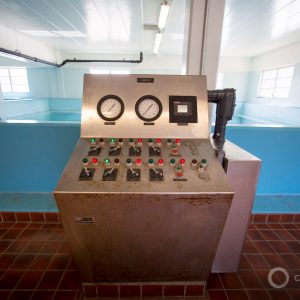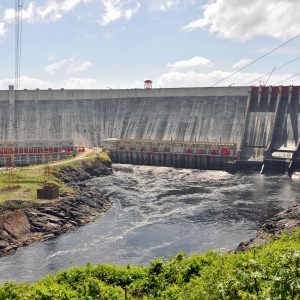The Stream, June 10: Monsoon Begins in Parched India
The Global Rundown
Seasonal rains are advancing in India, beginning in the south. The annual summer dead zone in the Gulf of Mexico will be roughly the size of Connecticut. A geothermal plant in Iceland turned carbon dioxide into rock — but the process used a lot of water. Zambia is using solar-powered wells to bring water to rural communities. A loan from a California irrigation district draws scrutiny. As U.S. coal companies negotiate bankruptcy settlements, state regulators attempt to secure money for environmental cleanup.
“We don’t have a river. We don’t have a well either, or enough groundwater. We are completely dependent on the monsoon. The underground water is too salty for crops to grow.” — Rajesh Kumar Beniwal, a farmer in Haryana, a state in northern India, talking about the importance of the monsoon to his district. India’s major reservoirs are a combined 17 percent full while groundwater levels across the country are plunging. CNN
By The Numbers
$US 60 million: Amount India is spending on a supercomputer to boost its monsoon forecasting capacity. Reuters
$US 1.4 million: Loan given by one of California’s largest and most politically powerful irrigation districts to one of its employees, who has now left the organization. The employee used the money, loaned at 0.84 percent interest, to buy a riverfront home. The deal, which Westlands Water District says is allowed under its rules, has brought questions about disclosing the use of public funds. Associated Press
Science, Studies, And Reports
Because rainfall in the last two days at key monitoring stations surpassed predefined marks, India’s weather agency declared the official beginning of the monsoon season. The rainy summer months are critically important for a country that suffered two below-average monsoons. The India Meteorological Department tracks the northern movement of the rains. Indian Express
Nutrients and warm waters cause an annual summer dead zone in the Gulf of Mexico that is low in oxygen and lethal to aquatic life. Federal scientists using multiple computer models predict an “average” dead zone this year of 15,275 square kilometers (5,898 square miles), or roughly the size of Connecticut. U.S. Geological Survey
Scientists working with a geothermal power plant in Iceland turned carbon dioxide brought to the surface into rock. They did so by mixing the gases with water and pumping the solution into basalt layers underground where a chemical reaction took place. The main drawback of the process is that it uses a lot of water — 25 tons per ton of carbon dioxide. Seawater could be used, researchers say. Columbia University
On The Radar
In the driest season in 35 years, Zambia is using solar-powered wells to expand water access to rural villages, which has increased school attendance and cut the rate of water-borne disease. But some aid workers worry that simply drilling more wells is not a permanent solution for these communities. Thomson Reuters Foundation
As bankrupt coal companies trim their books state regulators are trying to ensure that taxpayers are not stuck with the cost of cleaning up polluted rivers and clear-cut forests, a bill that could exceed $US 1 billion in Appalachia. New York Times
Brett writes about agriculture, energy, infrastructure, and the politics and economics of water in the United States. He also writes the Federal Water Tap, Circle of Blue’s weekly digest of U.S. government water news. He is the winner of two Society of Environmental Journalists reporting awards, one of the top honors in American environmental journalism: first place for explanatory reporting for a series on septic system pollution in the United States(2016) and third place for beat reporting in a small market (2014). He received the Sierra Club’s Distinguished Service Award in 2018. Brett lives in Seattle, where he hikes the mountains and bakes pies. Contact Brett Walton






